Like the previous decade, Cruise entered this one with his latest adrenaline-fueled pic, Mission: Impossible 2. Unlike the last decade, however, the 2000s would be a much more trying time for Cruise. He faced many ups and downs that threatened to end the enigma of Tom Cruise. Thankfully, he was able to recover his image, but we’ll get there. His first post-Mission film re-teamed him with Cameron Crowe for an English language remake of the Spanish film Abre los ojos. Renamed Vanilla Sky, the film follows David Aames (Cruise), a magazine publisher who begins to question reality after a bad car crash leaves him disfigured. This was another one I didn’t watch until I set out to write this post and I found it to be a misfire on so many levels. For one, I could not understand the plot at all. It confused the hell out of me, which maybe was Crowe’s intention. This is made all the more disappointing given that Crowe was coming off of his Best Original Screenplay Oscar win for one of my favorite films of all time, Almost Famous, and followed it up with this clunker. Supporting performances from Penelope Cruz, Cameron Diaz, Jason Lee, and Kurt Rusell were fun, but it was all style over substance in my eyes. Diaz’s performance was praised, however, earning her nominations at the Golden Globes and Screen Actors Guild Award for Best Supporting Actress. Overall, the film’s only Academy Award nomination came in the form of Best Original Song for Paul McCartney’s titular song. I think what’s more impressive is that this film remains one of the only productions to get permission to shut down NYC’s Time Square. They paid the city $1 million to shut down Time Square for three hours on an early Sunday morning. Something that the city of New York has not permitted since.

The next year, 2002, would see Cruise team up with Steven Spielberg for the first time on Minority Report. Based on the novella by Philip K. Dick, the science fiction film follows police chief John Anderton, head of the pre-crime division, who uses the visions of psychics known as precogs, to stop murders before it happens. When Anderton is framed for murder, he must go on the lam to clear his name and uncover a dark truth within the precrime division. I’m not a big fan of science fiction, but I was surprised how much I enjoyed this movie. I think this is due in part to the visual aspects including Spielberg’s directing, the cinematography, production design, and visual effects working together so beautifully. While Cruise is excellent, standout performances from Max von Sydow, Colin Farrell, and especially Samantha Morton, add a level of depth to the film. Though the film was not an awards juggernaut (being nominated only at the Academy Awards for Sound Editing), it was both a critical and commercial hit, earning an 89% rating on Rotten Tomatoes and taking in three times its budget at the box office.
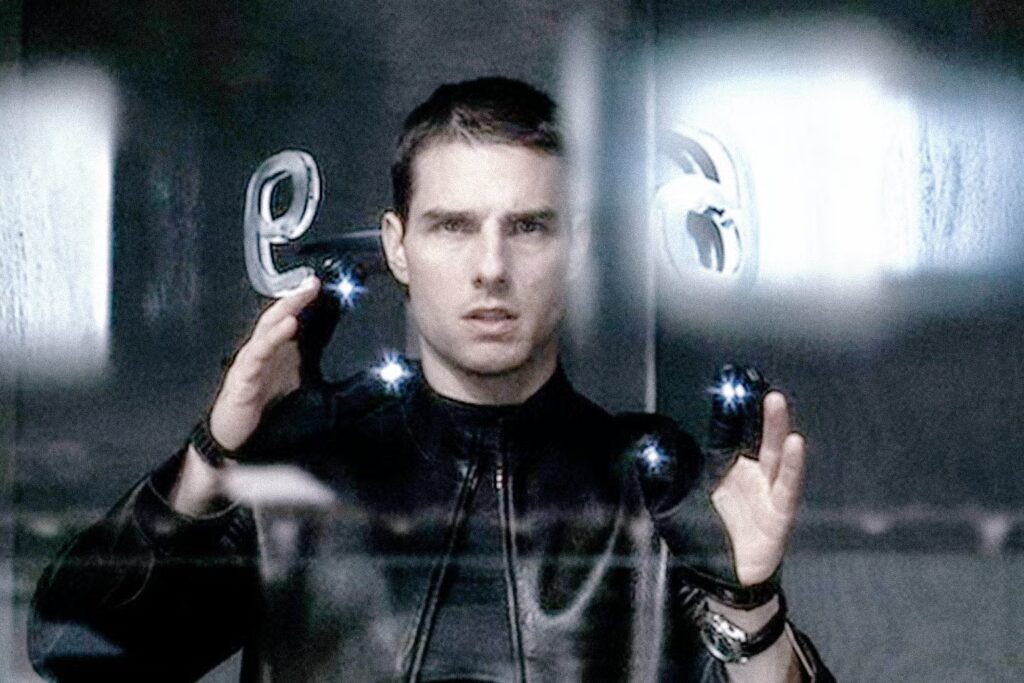
After making a brief cameo as himself playing Austin Powers in Austin Powers in Goldmember, Cruise was back on the big screen in 2003’s The Last Samurai. Cruise plays Civil War veteran Nathan Algren, who has become a bitter alcoholic, ashamed of the wartime atrocities he has committed. Algren is sent to Japan to train the newly formed Imperial army against an uprising by a Samurai rebellion against Japan’s new emperor. After a failed battle, Algren is captured by the leader of the rebellion and taken prisoner. While under the care of the rebellion, he becomes allies with the leader, Katsumoto, and learns the way of the samurai, earning their respect. When the Imperial army mounts its revenge, Algren must take sides. Basically, the film becomes Dances with Wolves in 19th century Japan.
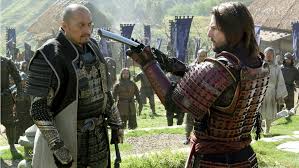
Cruise is solid here, earning a Golden Globe nomination for Best Actor (Drama), but I wouldn’t quite rank it among his best work. The scene stealer here is Ken Wantabe as Katsumoto, whose performance earned him an Academy Award nomination for Best Supporting Actor. This is another film I didn’t see until I started working on this post. I had heard of it and I even read director Ed Zwick’s memoir in which he recounts the making of the film, but I never sat down and watched it. Overall, I thought it was an enjoyable film. It was a hit in the United States, but unsurprisingly, the film grossed considerably more in Japan, though exact figures are not available. Riding high off the box office success of The Last Samurai, Cruise’s next film would be one of his most thrilling (outside of Mission): Collateral.
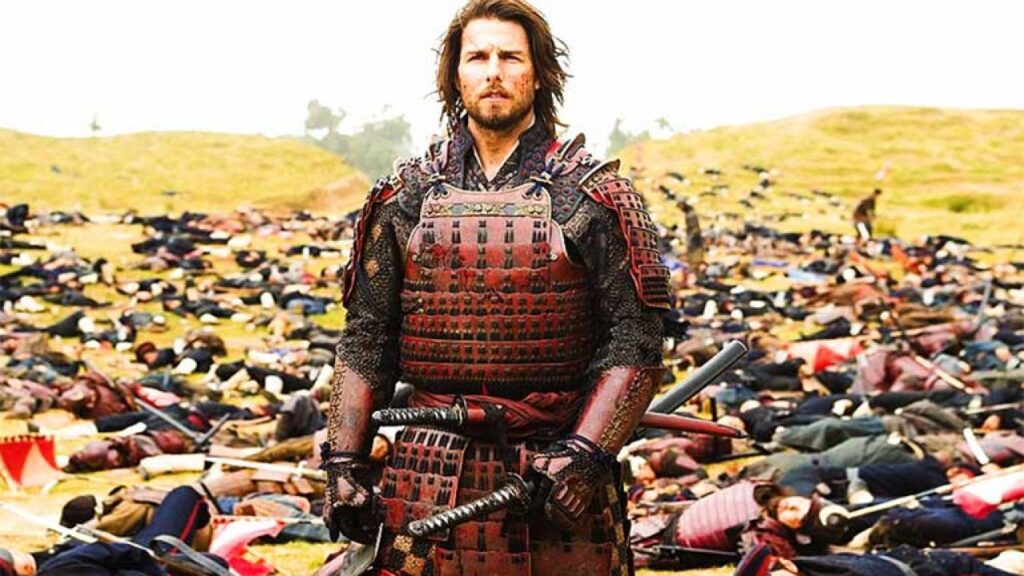
Movie #9: Collateral
You could make an argument as to whether or not Collateral is an important movie in Cruise’s filmography. I believe it is for three main reasons. First and foremost, I think it’s a great story elevated by Cruise’s performance. Second, he plays against type, which I appreciate. Third, though he’s made some enjoyable, yet forgettable films since 2004, I believe this is his last truly great film for the better part of two decades. The film follows Max, a cab driver (Jamie Foxx), who agrees to drive around a customer, Vincent (Cruise), in exchange for a high fare, only to become a hostage himself when he realizes that Vincent is a hitman on a contract killing spree. Directed by Michael Mann and written by Stuart Beattie, the film is a tightly crafted thriller without an ounce of fat. Every single scene moves the film forward in an exhilarating way.
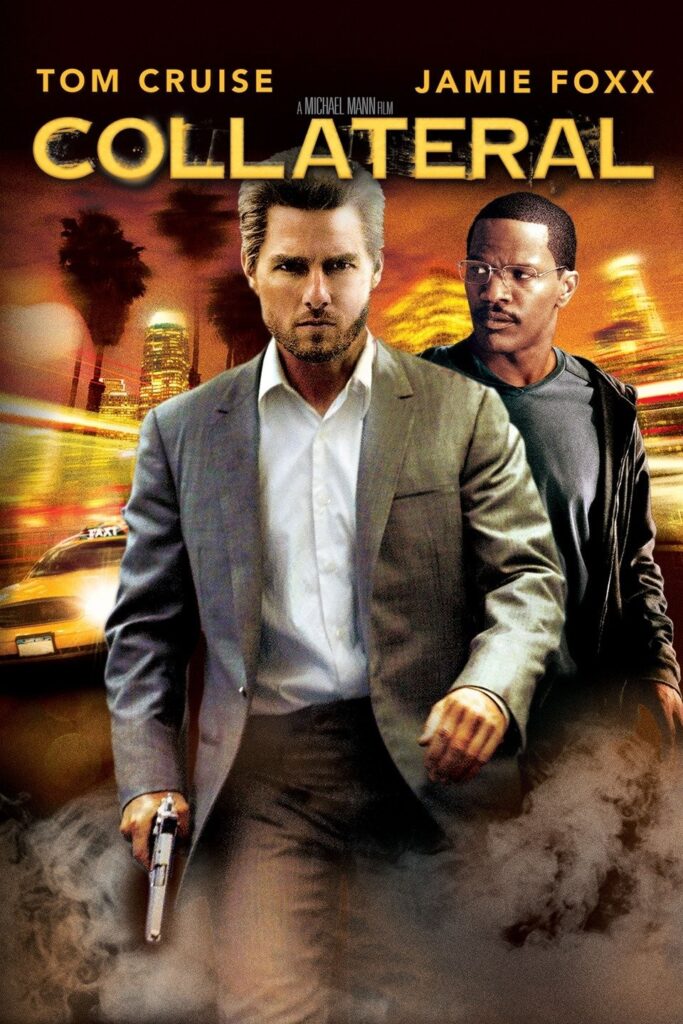
Like most films on the list, the original incarnation is nowhere near the completed film. Writer Stuart Beattie came up with the concept when he was just seventeen and spent years writing the script. When it was finished, he had a contact who worked for Frank Darabont’s (the director of The Shawshank Redemption) production company, Edge City. Edge City attached themselves to the project, originally envisioned as an HBO movie. When HBO backed out, the film found its way to Dreamworks. At various points in development, different directors were attached including Mimi Leder and Steven Spielberg’s regular cinematographer, Janusz Kamiński. Brazilian filmmaker Fernando Meirelles, fresh off his film City of God, had initially agreed to direct but eventually decided to exit as the production would require him to relocate to Los Angeles for eight months. His take on the film would have been in a similar vein to Martin Scorsese’s After Hours.

It was only after Russell Crowe expressed interest in the role of Vincent, that the film was fast-tracked. Crowe brought on Michael Mann, whom he had worked with on The Insider. After constant delays, however, Crowe departed the project. Mann then approached Cruise for the role and he accepted. For the role of Max, Mann wanted Adam Sandler, but Sandler was already committed to the James L. Brooks film, Spanglish. Mann then turned to Jamie Foxx, whom he had directed in Ali. To prepare for the role of Vincent, Cruise watched many films about contract killers, studying their mannerisms and noting how calm and routine it was for them to do something so evil. Another fun way Cruise prepared for his role was to deliver packages for FedEx. The goal was for Cruise, in his dyed gray hair, not to be recognized by the public.
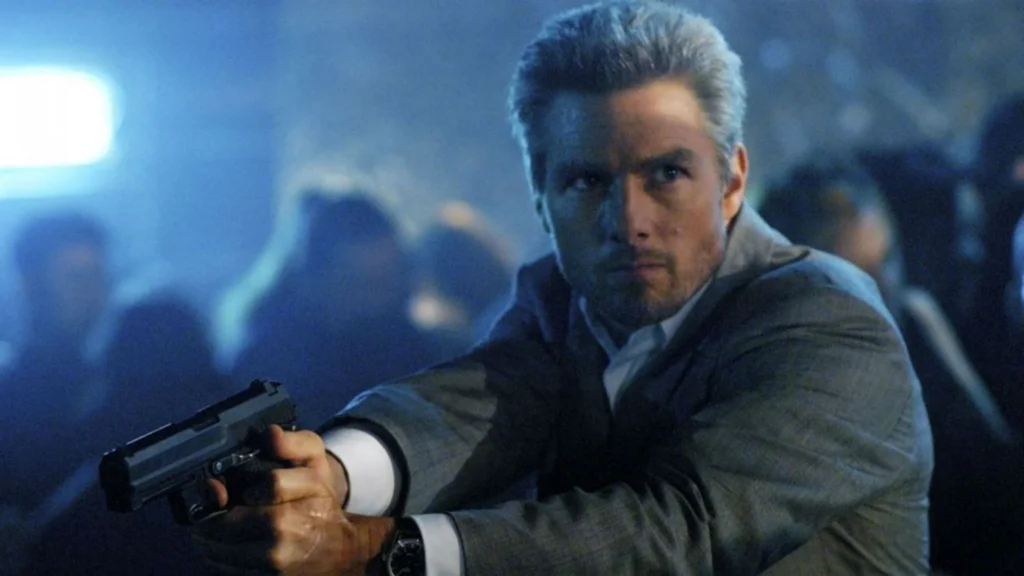
In his performance as Vincent, Cruise plays the villain for the only time in his career. As a hitman, Vincent is cold, calculating, and emotionless. He’s able to turn on a dime, one moment chatting with Max, the other threatening to kill him and his mother. He understands the rules of the game and knows he needs to be able to adapt to change, a sentiment he later expresses to Max. Cruise also picks up on the ironies of the character. Vincent expresses his disdain at the city of Los Angeles and how people are so disconnected, despite it being a large city, yet he performs these truly despicable acts against other human beings. He just needs to collect his money and get out of L.A. In his mind, nothing will prevent him from achieving his mission.
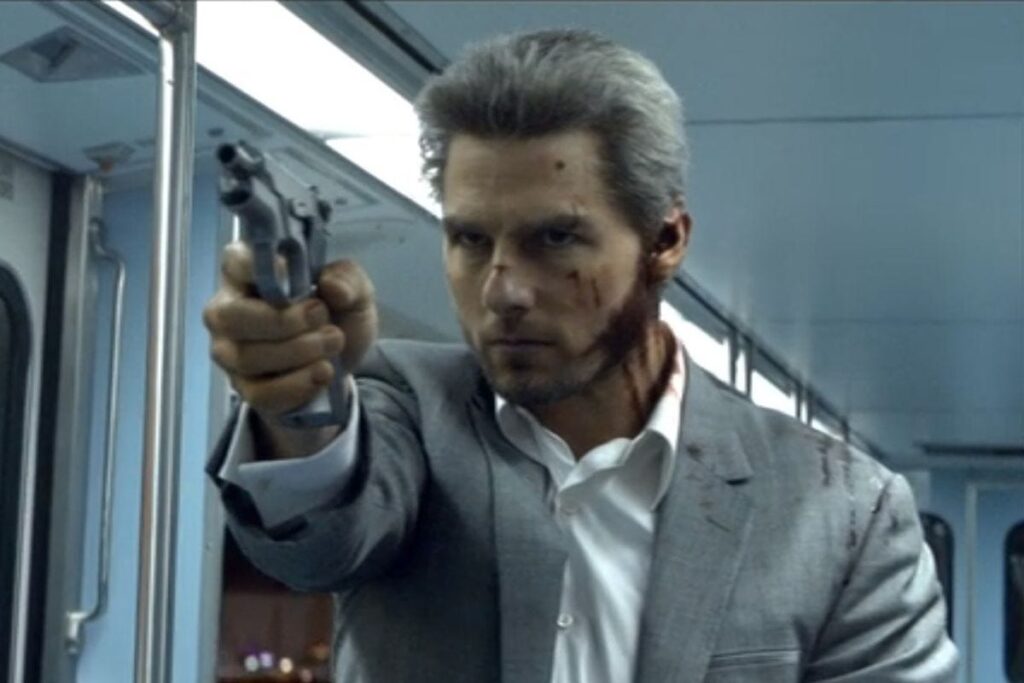
As good as Cruise is, I do want to acknowledge two things. The first is the cinematography. This was one of the first films to use an HD digital camera to shoot the entire film. Other films had experimented with digital, but never used it for an entire film (keep in mind, this film was released in 2004). This allowed Mann the opportunity to film Los Angeles at night with little artificial lighting. I was surprised the cinematography wasn’t nominated at the Oscars. I, of course, have to talk about Jamie Foxx. It’s like the reverse of A Few Good Men. This time Cruise is the baddie and Foxx is the good guy. Their respective performances are at their best when they play off their chemistry. Foxx was singled out for praise and was nominated for the Academy Award for Best Supporting Actor. I think Foxx is more of a co-lead, but his nomination in this category makes sense. Like Holly Hunter in The Firm, Foxx was nominated in the supporting category because he was also nominated for his lead performance in Ray. And again, like Hunter, he won for that second nominated performance. I’m also curious what Mann saw in Sandler and what he could have brought to the role. I have stated this before, but believe Sandler can be a great dramatic actor when he tries.
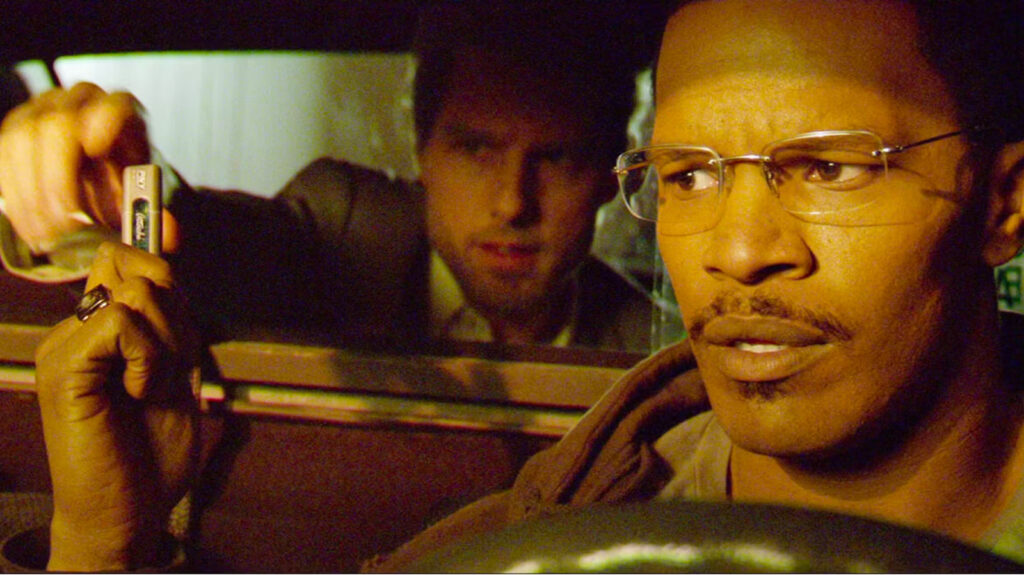
I know what you’re thinking. We just discussed movie number nine and we’re only in the year 2004? You’re telling me that Tom Cruise will have only one more significant movie in the next twenty years? Outside of the Mission franchise, the short answer is yes. Cruise, unfortunately, ends the decade with mostly a whimper. On the heels of Collateral, Cruise reunited with his Minority Report director Steven Spielberg on a remake of War of the Worlds. Like Samurai, the film received generally positive-to-mixed reviews from critics but is not considered among the best films for either Cruise or Spielberg. Spielberg and Cruise liked the script so much that each of them delayed a project in development (Munich and Mission: Impossible III respectively) so they could work on this film first. The film was a box office success, grossing six times its budget. By all accounts, filming went smoothly, but the relationship between Cruise and Spielberg soured during the marketing of the film. Spielberg believed that Cruise’s “antics” had hurt the film.

Whether Cruise’s “antics” actually impacted the box office take of War of the Worlds is up for debate. The “antics” in question involve Tom Cruise jumping on Oprah’s couch to express his love for Katie Holmes and getting into a heated debate about psychiatry with Matt Lauer on Today. While particularly mild in a post-MeToo era, these events did negatively impact his career. After the box office disappointment of Mission: Impossible III, Paramount Pictures, his home studio since Top Gun, cut ties with him as an actor and producer. As a result, Cruise and his producing partner, Paula Wagner, purchased a majority share of United Artists.
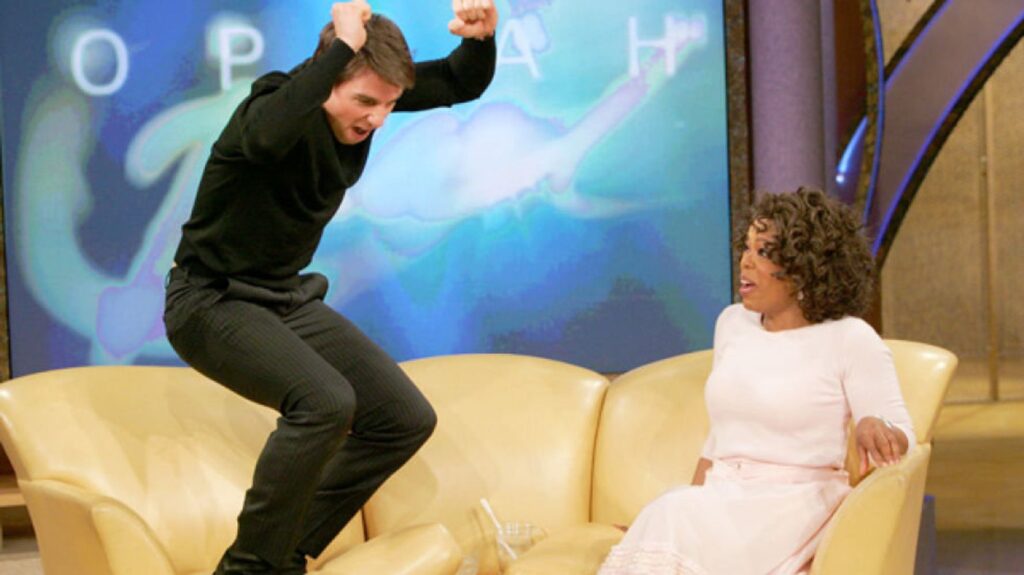
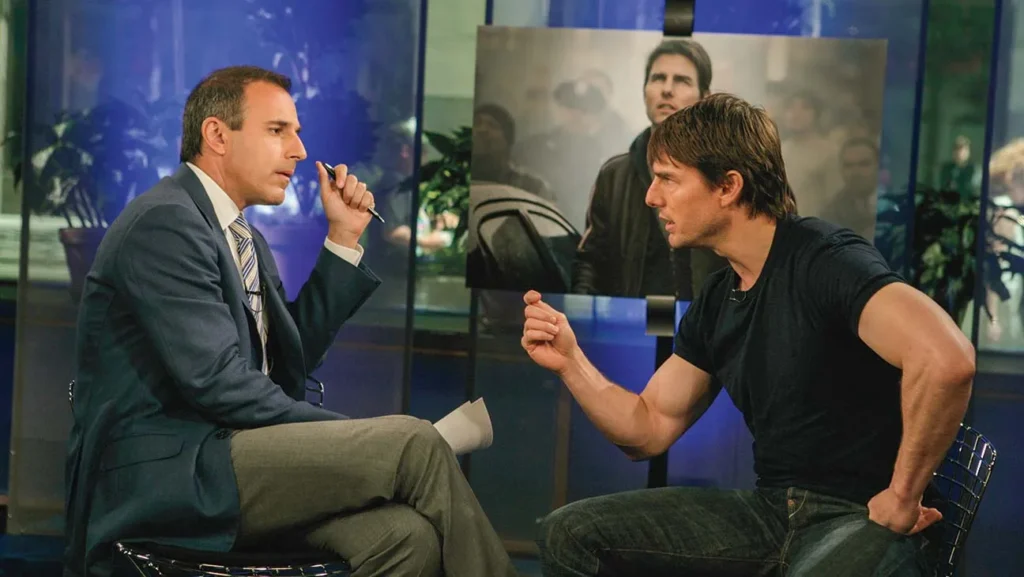
Cruise and Wagner’s first film for United Artists was the Robert Redford-directed drama Lions for Lambs. Co-starring Redford and Meryl Streep, the film is a meditative reflection on the then-ongoing war in Iraq. What was supposed to be a think piece about different characters whose lives are impacted by the war, turns out to be nothing more than a series of disjointed lectures. The film opened to negative reviews and was a box office bomb, although it did eventually recoup its budget. The only saving grace in my eyes is that this film marks the screen debut of future Oscar nominee and superstar, Andrew Garfield.
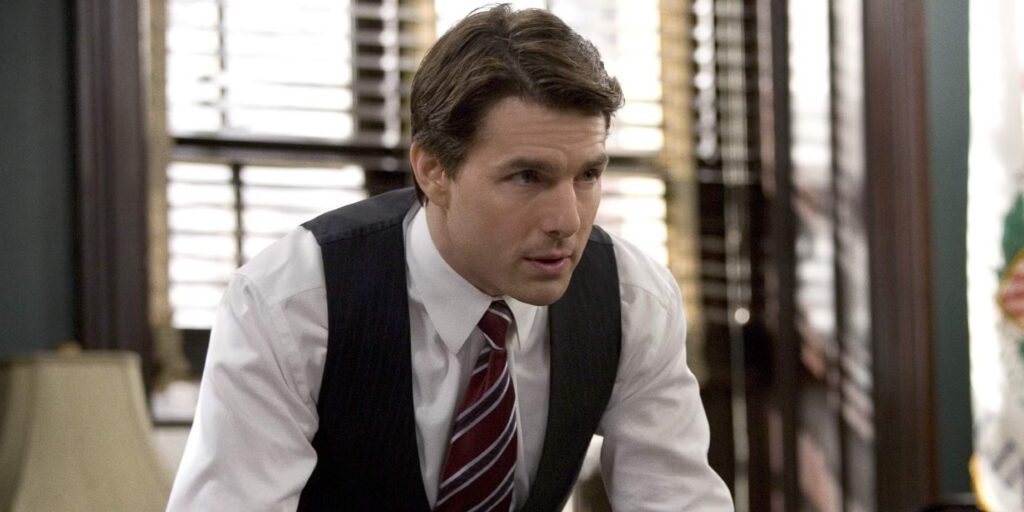
The duo’s next (and final film) for UA was the somewhat thrilling Valkyrie. Directed by Bryan Singer, the film follows Nazi Colonel Claus von Stauffenberg as he secretly assembles a covert team with the mission to assassinate Adolf Hitler. In Cruise’s filmography, this does stand out as somewhat of a black sheep. Casting Cruise as a German Colonel doesn’t make a whole lot of sense. On top of that, Cruise is a major proponent of Scientology, which Germany considers to be a dangerous cult. If you can put those two things aside, it’s not a bad movie. I’ll admit, I thought the beginning was a tad dull, but once the plot got moving, I found myself more engaged than I anticipated. It does help that Tom Cruise is accompanied by powerhouse actors Kenneth Branagh, Bill Nighy, and Tom Wilkinson. There are, however, a few things that should be noted about the film. Due to the box office failure of UA’s Lions for Lambs and the public’s waning interest in Cruise, the studio marketed the film as a suspense thriller, rather than a Tom Cruise vehicle. If any one person was hyped up, it was director Bryan Singer. Singer, whose reputation was unsullied at the time, had several hits including X-Men, X2, and Superman Returns. Most notably, the film would be the first collaboration between Cruise and screenwriter/producer Christopher McQuarrie. McQuarrie would become one of Cruise’s most frequent collaborators, working with him on nine additional films over the next 17 years. At this point, McQuarrie was still known primarily as a writer, having won the Oscar for Best Original Screenplay for another Bryan Singer-directed film, The Usual Suspects.
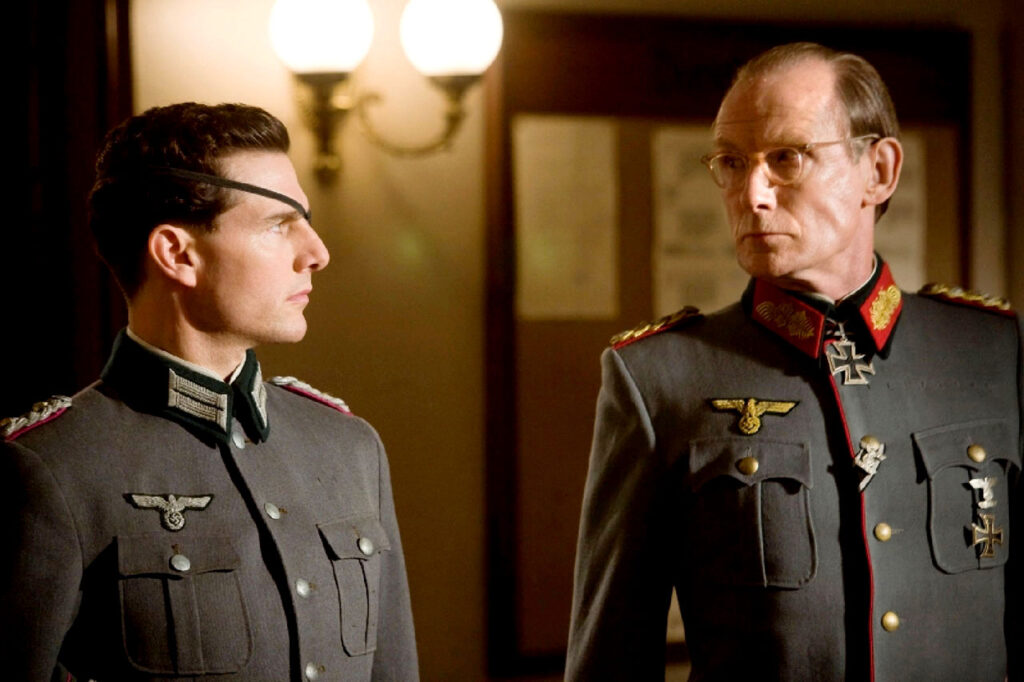
The only saving grace for Cruise in the late 2000s came in the form of a supporting part in Ben Stiller’s 2008 comedy, Tropic Thunder. The film follows a group of primadonna actors (played by Stiller, Jack Black, and Robert Downey Jr.) who get dropped in the jungles of Vietnam to “prepare” for their roles in a Vietnam War movie, only to find themselves being mistaken for real soldiers and their lives placed in peril. Cruise, donning a fatsuit, fake hands, and a bald cap, plays the role of studio head Les Grossman. Cruise, a friend of Stiller’s, initially agreed to cameo as Rick Peck, Tugg Speedman’s (Ben Stiller) agent. However, it was Cruise who suggested adding a studio head character. The role of Peck would go to Matthew McConaughey. It was also Cruise’s idea to have his character dance to “Low” by Flo Rida.
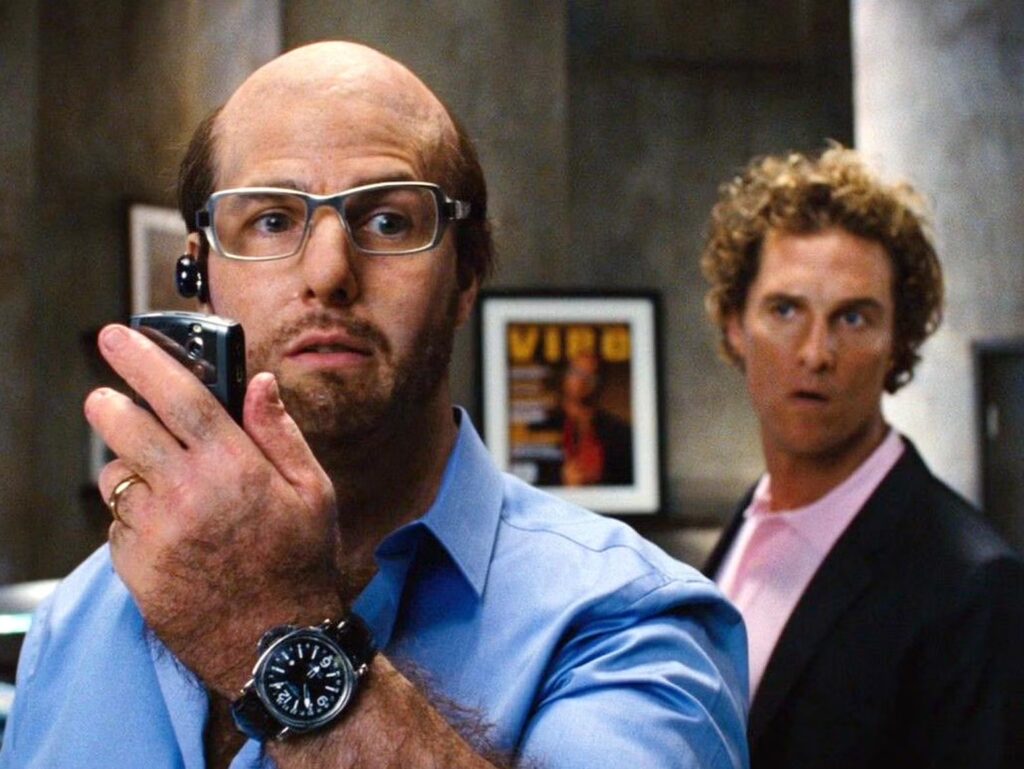
Stiller intended to keep Cruise’s role a secret and the studio did not release any promotional material about Cruise. Despite a few paparazzi photos being taken, Cruise’s appearance was a surprise to many, as he is nearly unrecognizable. Cruise and Downey Jr. were consistently singled out for praise, with both earning Golden Globe nominations for Best Supporting Actor. Despite missing out on an Oscar nomination, Les Grossman provided Cruise with a dose of much-needed goodwill from the public. For a moment, it became one of his most iconic characters and a Les Grossman spin-off movie was in the works for many years, though it seems the project is DOA.
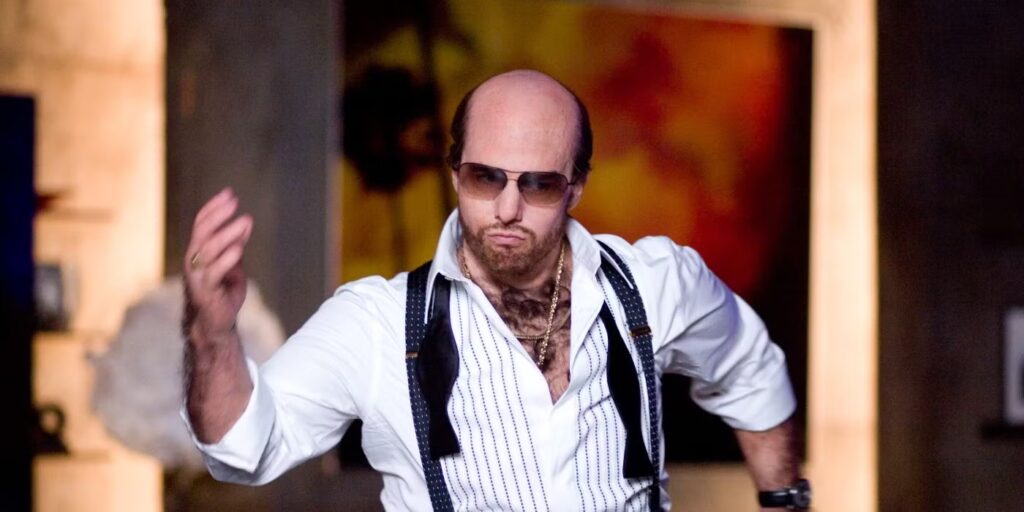
At the end of 2008, Wagner stepped down as an executive of UA. The two ended their partnership. This would allow Cruise to focus on producing his films independently going forward. Cruise may have started the 2000s strong with an Oscar nomination, but ended the decade with a limp, salvaged only by the positive reviews for Tropic Thunder. This is a perfect segue into the 2010s and beyond, which for Cruise, would be a mixed bag of hits and misses.